Description
ABOUT THE AUTHOR:
S
BN Goswamy, distinguished art historian, is Professor Emeritus of Art History at the Panjab University, Chandigarh. His work covers a wide range and is regarded, especially in the area of Pahari painting, as having influenced much thinking. He has received the Jawaharlal Nehru Fellowship, the Rietberg Award for Outstanding Research in Art History, the Padma Shri (1998) and the Padma Bhushan (2008) from the President of India.
Among his publications are: Pahari Painting: The Family as the Basis of Style (Marg, Bombay,1968); Essence of Indian Art (San Francisco, 1986); Wonders of a Golden Age (with E. Fischer, Zurich, 1987); Pahari Masters: Court Painters of Northern India (with E. Fischer; Zurich, 1992); Indian Costumes in the Collection of the Calico Museum of Textiles (Ahmedabad, 1993); Nainsukh of Guler: A great Indian Painter from a small Hill State (Zurich, 1997); Painted Visions (New Delhi, 1999); Piety and Splendour: Sikh Heritage in Art (New Delhi, 2000); Domains of Wonder (with Caron Smith; San Diego, 2005), and I See No Stranger: Early Sikh Art and Devotion (with Caron Smith; New York, 2006).
Eberhard Fischer is a renowned art historian and cultural anthropologist. Till recently he was the Director of the Museum Rietberg, Zurich. Among his most authoritative works are: The Patola of Gujarat (with Alfred Buehler; 1979); Wonders of a Golden Age (with BN Goswamy;1987); Pahari Masters: Court Painters of Northern India (with BN Goswamy; 1992); Murals for Goddesses and Gods (with Dinanath Pathy; 1996); The Temple of Devi Kothi (with V.C.Ohri and others; 2002); Amorous Delight: The Amarushataka Palm-Leaf Manuscript (with Dinanath Pathy; 2006) and Guro: Masks, Performances and Master Carvers in Ivory Coast (2008).
ABOUT THE BOOK
Pahari painting – ‘Painting from the Hills’, often subsumed under the broad head, Rajput Painting – has long been acknowledged as one of the great achievements of India in the realm of art. For too long, however, the Pahari painter, the maker of these images, has continued to be seen as belonging to an indeterminate, anonymous group of craftsmen who simply plied predetermined brushes. The present
work is aimed at challenging that notion, for it presents the painter as a thinking man, faced with, and capable of, exercising choices. It was time that the ‘long winter of neglect’ in which he had been left by history came to an end.
The authors draw attention here to fourteen Pahari Masters, whose work spans a period of three hundred years. The paintings come from as many as twenty different museums and private collections, the effort being to select such works as illumine each master’s range as also the processes of thought from which his art is likely to have sprung. Carefully, the essay on each master presents the evidence available on him, the known extent of his work, and an analysis of his style.
Pahari Masters is a pioneering work of great significance. When first published in German, it was widely acclaimed as ‘a great work’, and has come since to occupy the status of a classic, laying down the lines along which the future of studies in Indian painting is likely to proceed

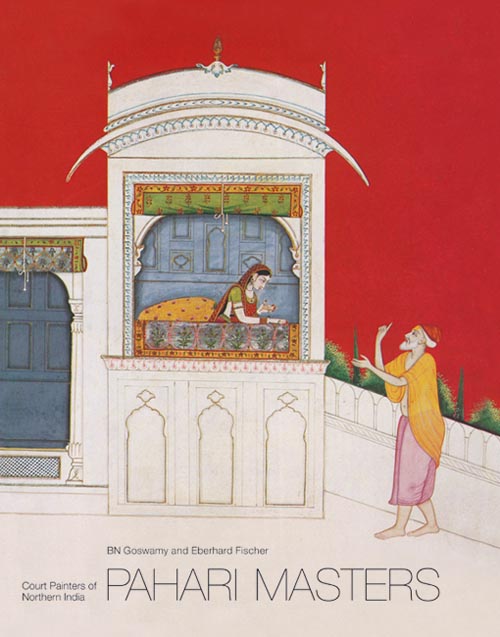
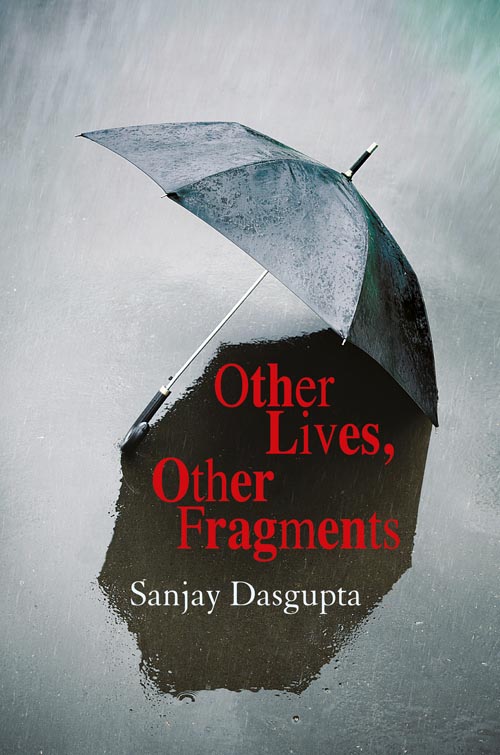
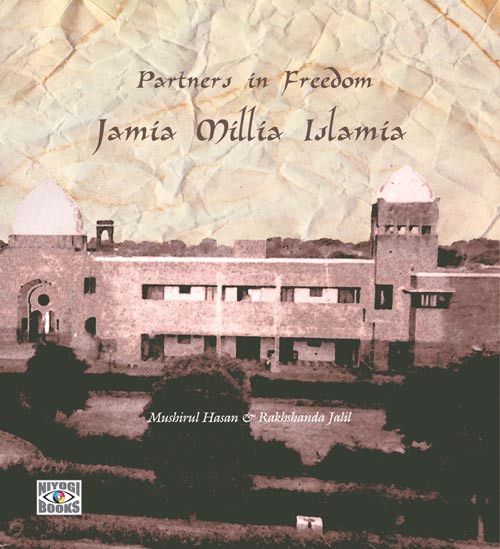
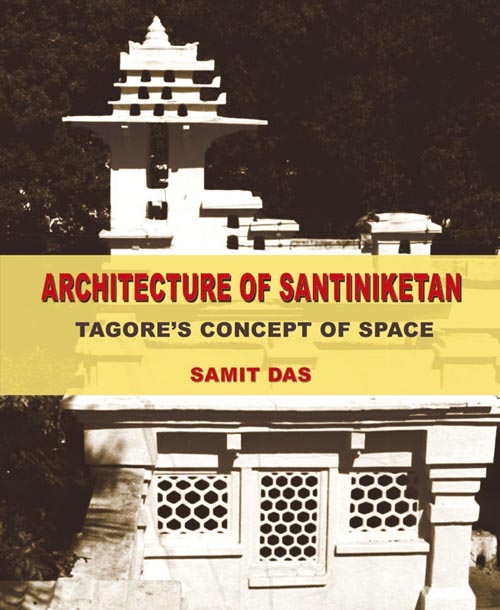
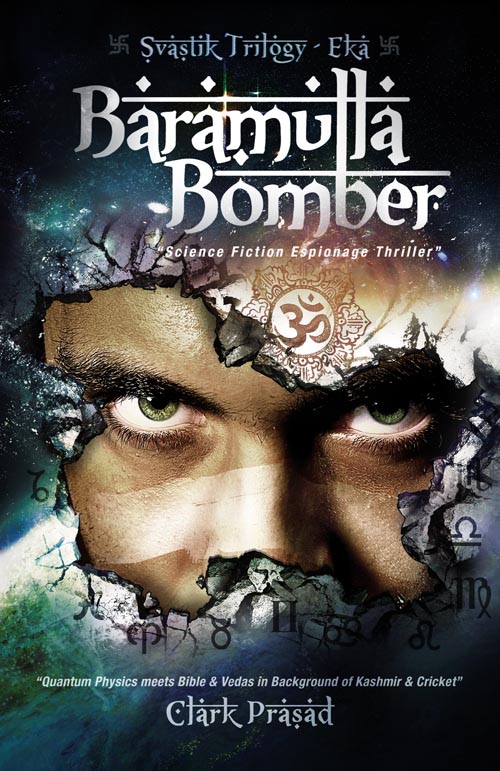
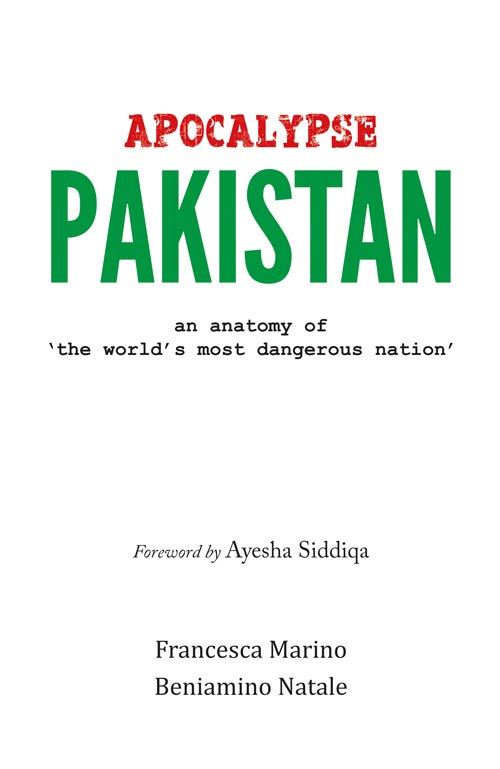

Reviews
There are no reviews yet.